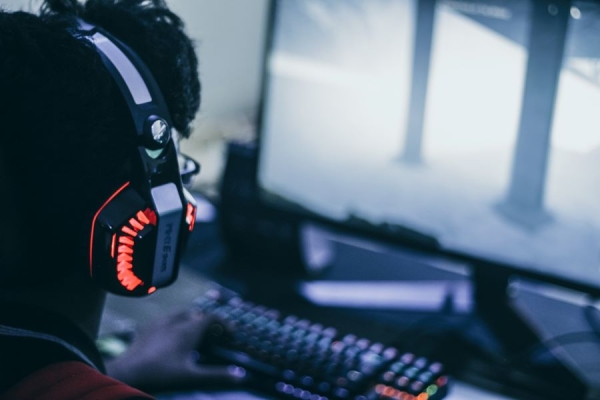How Music Is Used to Enhance the Video Game Experience
Written by Keith DolanMusic is universal. We all use it to relax, to pump ourselves up, and to soundtrack our day. Songs can stay with us even if we don’t listen to them for many years, and then bring memories flooding back the instant we hear them again.
Music can change our mood or change the ambience of a place. After all, you’re unlikely to hear Black Sabbath in a fancy restaurant in the same way that Beethoven is unlikely to go down well in a biker bar.
Artists have used music in their work for as long as it has been possible. In the early days of cinema, silent movies were usually accompanied by music played live by a pianist who would change the tempo and the notes depending on what was happening on screen. As movies became more advanced, music was used in many other ways.
And today, with video games becoming one of the most popular ways to tell stories and entertain others, the people who make them have found more creative ways to use music and sound to enhance the playing experience.
Setting the Scene and the Tone
Games come in all shapes and sizes, cover just about every genre imaginable, and can be set in anywhere from a haunted castle to a sunny Floridian beach. The type of music used in each setting needs to be different to be in keeping with the environment.
A great example of this is Super Mario Land 2: 6 Golden Coins. This side-scrolling platform game is set in several different “zones”, each with a unique theme. The background music changes, depending on which zone Mario is in, helping to clearly differentiate between them. It goes further than that though; when entering a secret area on a level (usually through those famous pipes), the music will change again to reflect the change in scenery.

We can see the same in online slot games. Casinos have created hundreds of different titles for their players to choose from and have got very creative in how they set them apart. Some have taken to using mechanisms like Megaways which create thousands of different paylines rather than the handful found in traditional titles. Others have chosen to create unique themes like the Mexican-inspired Chilli Heat, the Roman-esque Centurion, and Egyptian Eye of Horus. Each one uses very different music, alongside unique and vibrant visuals, to set them apart from the other slot games that are available.
Creating Tension
Playing video games can often be a tense affair, especially if you’ve been trying to complete a level for some time and you finally get past the section that was tripping you up. But the games themselves can often ramp up the tension, especially when you come to “boss battles” or you’re running out of time.
Super Mario Land 2 is also a great example of this. The background music speeds up as the timer falls below 100 seconds, alerting the player to the fact that they need to hurry up if they want to complete the level without forfeiting a life.
The PlayStation driving game, Driver, also uses music to create tension. There is always background music playing, but it increases in tempo and volume when the player is being chased by the police. Then, as soon as you lose the tail, the music settles down again to a calmer pace.
Adding Realism
Another way to go with music is to give the player full control of what is played and when. Rockstar does this with its Grand Theft Auto series, only allowing music to be played while the player is driving a vehicle but then letting them pick from a set of playlists.
This creates the illusion that they are listening to one of several radio stations, each with its own DJ and commercials to break up the tracks. While players might have a preferred radio station, they are also free to change them depending on their mood at the time, just like they would in real life.
Keith Dolan
Latest from Keith Dolan









